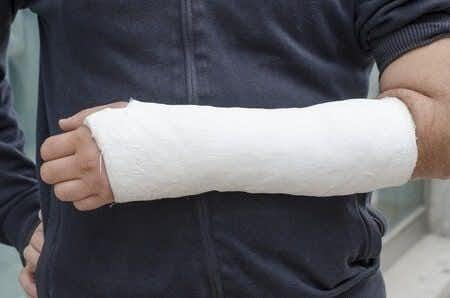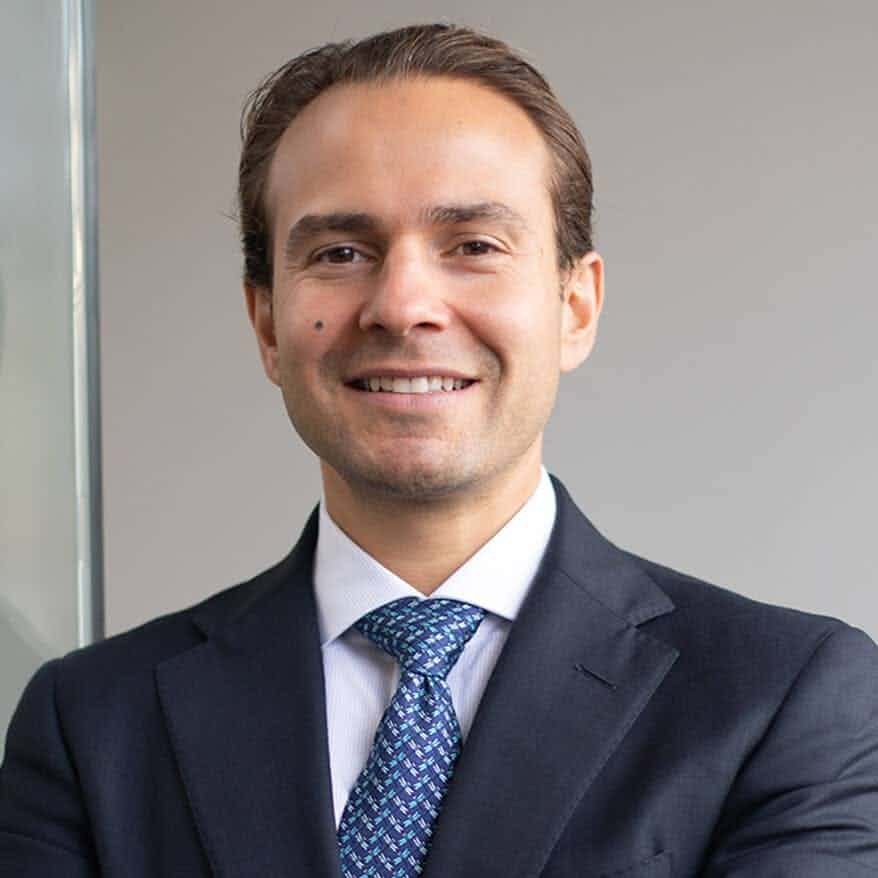This case involves a thirty-year-old male patient who presented to the emergency room with a stab wound to the abdomen and left forearm. On the upper left extremity, there was a laceration to the ulnar surface of the forearm with muscle and tendon exposed. Additionally, the patient displayed significant difficulty in extending the last two digits of his hand. The patient was consulted by a hand surgeon who questioned whether the patient suffered from an ulnar nerve laceration or neuropraxia. The physician decided to delay a definitive intervention for one week. Ten days later, the patient had surgery and was told by a subsequent treating physician that there should have been a primary repair procedure performed during the initial visit. The patient underwent a successive nerve graft procedure and the prognosis for a meaningful recovery was stated to be minimal.
Question(s) For Expert Witness
1. Should an exploratory and primary repair procedure have been conducted at this patient's initial presentation to the emergency room?
Expert Witness Response E-000629
Yes, a primary repair procedure should have been done initally, as better results have been demonstrated when the repair is performed sooner. Good results can be expected when the repair is performed before the six-month mark. Muscle neuromuscular junctions are usually absent after fifteen to eighteen months of inactivity; thus, sooner reinnervation is proven to have better results. Additionally, the chances of regeneration are better for injuries that are more distal. Proximal injuries are less likely to regenerate because the distance required for reinnervation is much greater and the percentage of cells lost in the distal portion of the nerve is greater. Also, if the proximal injury is a traction-type injury, it can pull the cell body out of the anterior horn, resulting in neuron death and no regeneration.
About the author
Michael Talve, CEO
Michael Talve stands at the forefront of legal innovation as the CEO and Managing Director of Expert Institute. Under his leadership, the Expert Institute has established itself as a vital player in the legal technology arena, revolutionizing how lawyers connect with world-class experts and access advanced legal technology. Michael's role involves not only steering the company's strategic direction but also ensuring the delivery of unparalleled intelligence and cutting-edge solutions to legal professionals. His work at Expert Institute has been instrumental in enhancing the capabilities of attorneys in case preparation and execution, making a significant impact on the legal industry's approach to expert consultation and technological integration. Michael's vision and execution have positioned the Expert Institute as a key facilitator in the intersection of law and technology.



